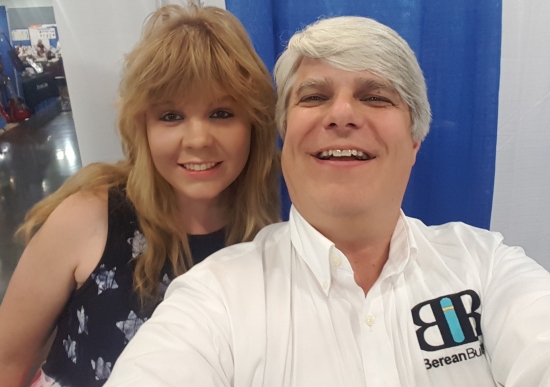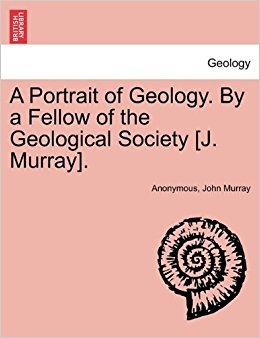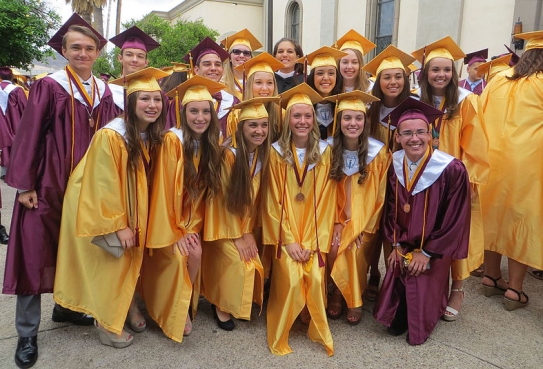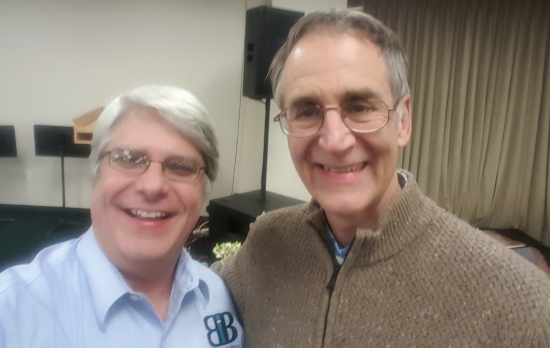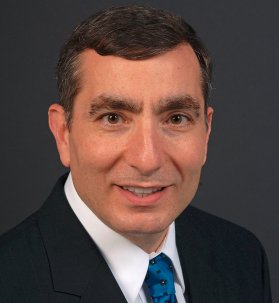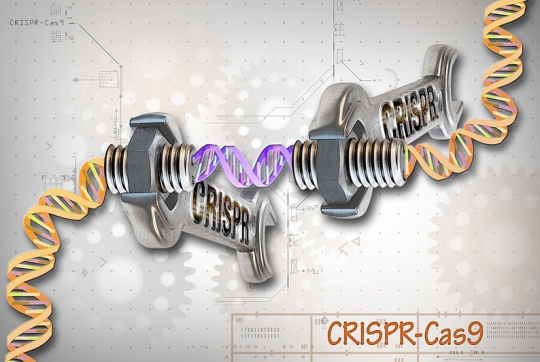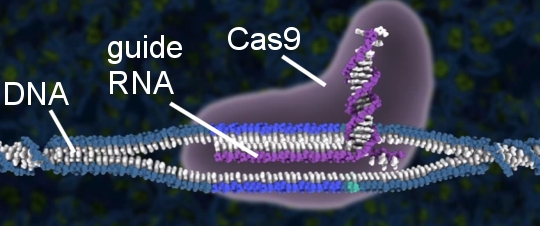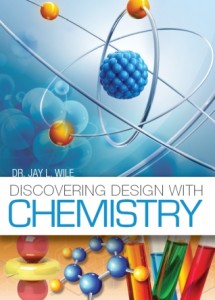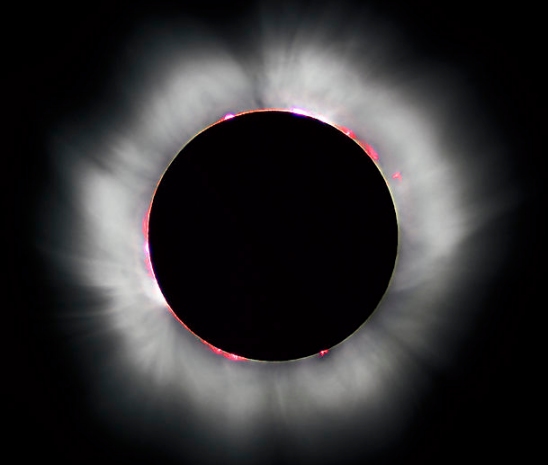
As most people are probably aware, there will be a total eclipse of the sun visible from many parts of the United States. It will occur on August 21st, but the exact times depend on where you are. I received a question about how to best enjoy it, so thought I would compile some resources to help people who are interested. First, you can find out exactly when to expect the eclipse by going to this website:
https://www.timeanddate.com/eclipse/in.html
If you put in your city and state, it will tell you when to start viewing the eclipse, when it will be at its maximum, and when it will end. In addition, it will tell you the magnitude, which is the fraction of the sun that will be blocked by the moon. If it doesn’t have your city, just add a comma and the full name of your state, and it will bring up several other cities in that state. Choose the one closest to you.
The next thing to make clear is that YOU SHOULD NEVER LOOK DIRECTLY AT THE ECLIPSE! The sun produces a lot of light; too much for your eyes to handle. As a result, when you look directly at the sun, the light-sensing cells in your eyes can be overwhelmed. If they are overwhelmed for too long, they can die. Even though the sun is a lot dimmer during an eclipse, it still produces too much light for your eyes. However, it isn’t as difficult to look at as the uneclipsed sun, so you don’t notice that you are overwhelming your light-sensing cells. This can lead to solar retinopathy, which can cause serious vision problems.



